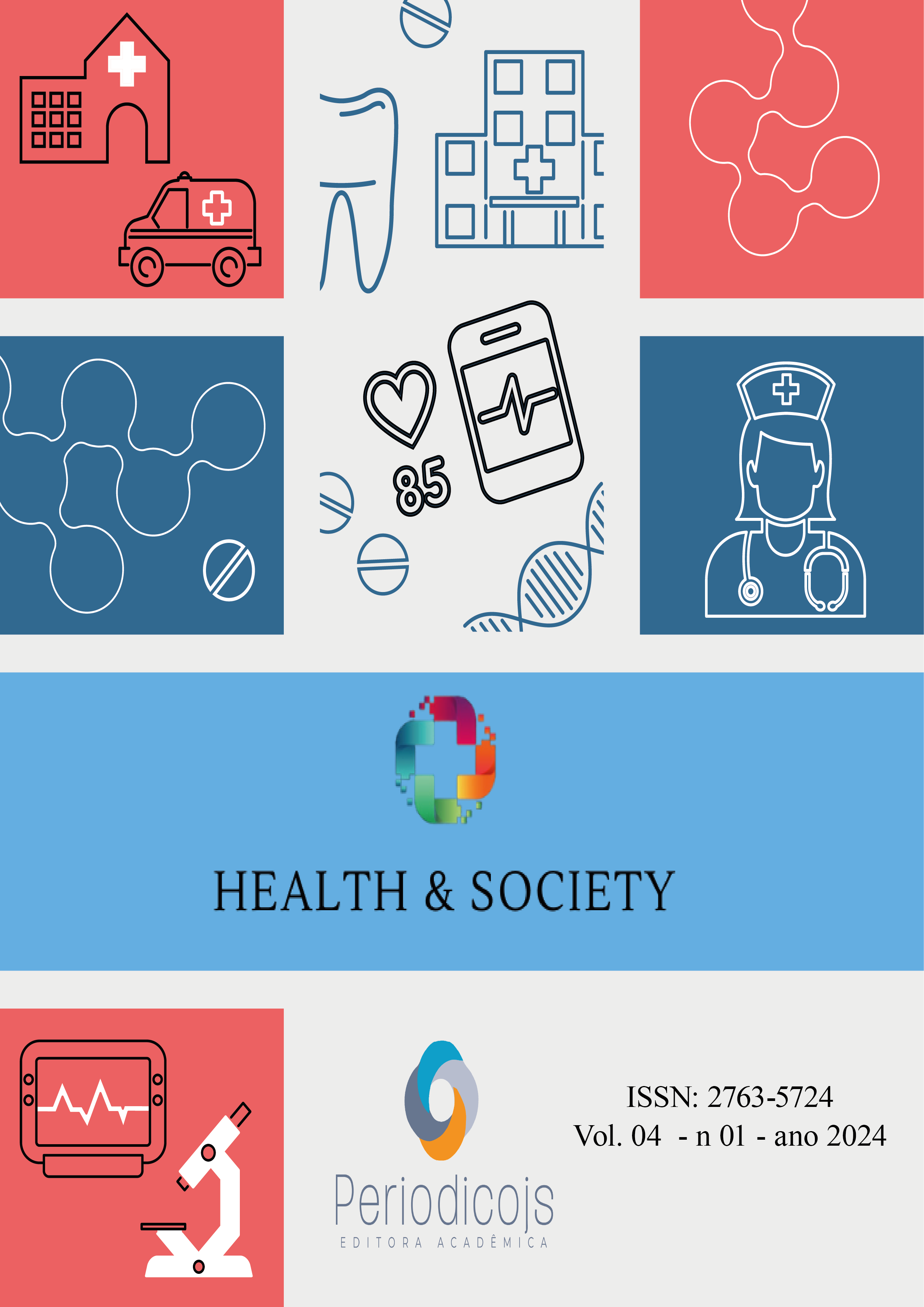Resumo
Aging being a paradigm for aesthetic medicine nowadays, and with the concern to block or delay the aged appearance among people, with the increase in life expectancy and care, the progression of skin aging is considered a process irreversible, progressive and dynamic. However, it can be delayed with aesthetic and daily care such as the use of home care and adequate food. The poor diet performed due to stressful and agitated routines causes an influence on the acceleration of the skin aging process. It is taken into account that the consumption of foods rich in carbohydrates and fats provides the glycation process in a non-enzymatic way. The glycation process occurs between glucose and proteins, triggering end products such as advanced glycation (AGEs). Proteins with a half-life similar to that of collagen, are more susceptible to this process. In short, it is possible to verify that, according to the progress of the skin aging process, people seek to block or delay this physiological process even more, looking for aesthetic alternatives such as microneedling and food reeducation with diets low in carbohydrates and fat.
Referências
ALMEIDA, M. E. S. Papel da Glicação do colágeno I e da alta concentração de glicose sobre a migração de fibroblastos. Tese (Doutorado em Biologia Celular e Tecidual) – Instituto de Ciências Biomédicas, São Paulo, 2015.
AGUIAR, R. V. S. C. et al. Fotoenvelhecimento nos diferentes grupo étnicos. Revista de Iniciação Cientifica, Saúde e Bem-estar, 2017.
BENTO, B. S. Fotoenvelhecimento cutâneo: processo/produtos. Dissertação (Mestrado) – Instituto Superior de Ciências da Saúde Egas Moniz, 2015.
Brownlee M. The pathobiology of diabetic complications. A unifying mecanism. Diabetes, 2005. COSTA, P.S.; MEJIA, D.P.M., Efeitos fisiológicos da endermoterapia combinados a massagem modeladora no tratamento de gordura localizada na região do abdômen. Tese (Pós-graduação Fisioterapia dermatofuncional. Bio Cursos, 2013.
Cotran, R. S. et al.. “Robins. Pathologic basis of disease”. Philadelphia Saunders, 2000. DRAKE, R. L.; et al. Anatomia para estudantes. Elsevier, 2010.
JAY, V., et al. Pourrat .Cosm. Toiletries,1998.
LAPOLLA, A. et al. Glyco-oxidation in diabetes and related diseases. Clin Chim Acta, 2005.
MONNIER, V.M. Intervention against the Maillard reaction in vivo. Arch Biochem Biophys, 2003.
OSAKI, T. H. et al. Rejuvenescimento palpebral e periorbital. Elsevier, 2019.
SANTANA, C. N. L. L. et al. Microagulhamento no tratamento de cicatrizes atróficas de acne: série de casos. Surgical & Cosmetic Dermatology, 2016.
SARAIVA, L.P.P.G. et al. Tratamento de melasma facial com associação do microagulhamento robótico e drug delivery de ácido tranexâmico. Surg Cosmet Dermatol, 2018.
SCHALKA, S. et al. Uma nova proposta para avaliação de cosmecêutico antioxidante no tratamento da pele afetada pelos efeitos da vida urbana. Surgical & Cosmetic Dermatology, 2016. <http://dx.doi.org/10.5935/scd1984-8773.201681753>
SHIBAO, J. et al. Produtos da reação de Maillard em alimentos: implicações para a saúde. Revista de Nutrição, 2011.
TRAMONTINO, V. S. et al. Nutrição para Idosos. Revista de Odontologia da Universidade de São Paulo, 2009.

Este trabalho está licenciado sob uma licença Creative Commons Attribution 4.0 International License.
Copyright (c) 2024 Isabella Rodrigues Ferreira





